
Phillip Island: A Hidden Gem of Norfolk Island
Discover Phillip Island in Norfolk Island: a secluded paradise with stunning landscapes, rich history, and abundant wildlife. Perfect for nature lovers and adventure seekers.
Nestled away in the South Pacific, Phillip Island offers an escape into unspoiled nature and a rich history. This small, rugged island is part of the Norfolk Island territory and is known for its striking landscapes and wildlife. The island is a sanctuary for many native bird species, making it a paradise for birdwatchers. Visitors can enjoy breathtaking views from the cliffs and explore the unique flora that thrives in this isolated environment. The island’s history is as captivating as its scenery. Once used as a penal settlement, Phillip Island has ruins and remnants that tell stories of its past. The island's remote location has preserved its natural beauty, and it remains largely untouched by modern development. Hiking trails crisscross the island, offering adventurers a chance to discover hidden coves and secluded beaches. Phillip Island is not just about nature and history. The surrounding waters are rich with marine life, making it a fantastic spot for snorkeling and diving. You can expect to see colorful coral reefs, diverse fish species, and perhaps even a turtle or two. Whether you are an avid nature lover, a history enthusiast, or someone looking for a peaceful retreat, Phillip Island has something unique to offer.
Local tips in Phillip Island
- Visit during the spring or autumn months for the best weather and fewer tourists.
- Bring sturdy hiking shoes; the terrain can be rugged and uneven.
- Pack plenty of water and snacks, as there are no shops on the island.
- Don't forget your binoculars for birdwatching; the island is home to many rare species.
- Check the tide times before planning your beach visits.
Phillip Island: A Hidden Gem of Norfolk Island
Nestled away in the South Pacific, Phillip Island offers an escape into unspoiled nature and a rich history. This small, rugged island is part of the Norfolk Island territory and is known for its striking landscapes and wildlife. The island is a sanctuary for many native bird species, making it a paradise for birdwatchers. Visitors can enjoy breathtaking views from the cliffs and explore the unique flora that thrives in this isolated environment. The island’s history is as captivating as its scenery. Once used as a penal settlement, Phillip Island has ruins and remnants that tell stories of its past. The island's remote location has preserved its natural beauty, and it remains largely untouched by modern development. Hiking trails crisscross the island, offering adventurers a chance to discover hidden coves and secluded beaches. Phillip Island is not just about nature and history. The surrounding waters are rich with marine life, making it a fantastic spot for snorkeling and diving. You can expect to see colorful coral reefs, diverse fish species, and perhaps even a turtle or two. Whether you are an avid nature lover, a history enthusiast, or someone looking for a peaceful retreat, Phillip Island has something unique to offer.
When is the best time to go to Phillip Island?
Iconic landmarks you can’t miss
Channers On Norfolk - Norfolk Island Holiday Packages, Tours, Accommodation | Travel to Norfolk Island
Discover comfort and relaxation at Channers On Norfolk, your ideal self-catering accommodation on the stunning Norfolk Island.
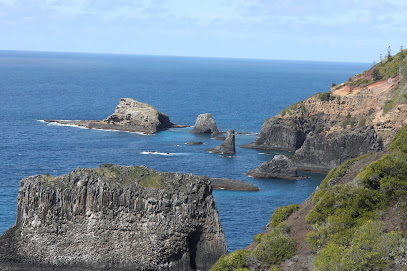
Norfolk Island National Park
Explore the natural wonders and rich history of Norfolk Island National Park, a must-visit destination for nature lovers and history enthusiasts.
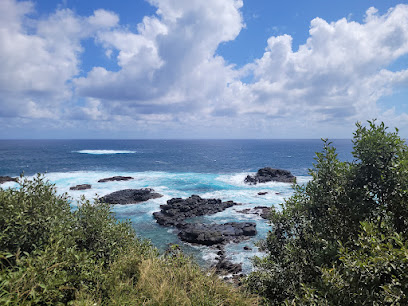
Norfolk Island International Airport
Discover the stunning landscapes and rich history of Norfolk Island through its international gateway, Norfolk Island International Airport.
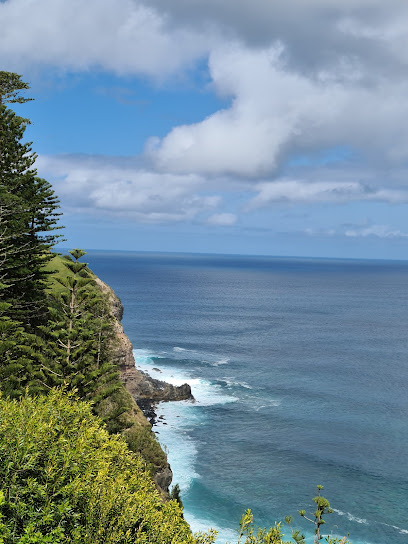
Mount Pitt Lookout
Discover the stunning vistas of Mount Pitt Lookout on Norfolk Island, a serene park offering breathtaking views and nature trails for all visitors.
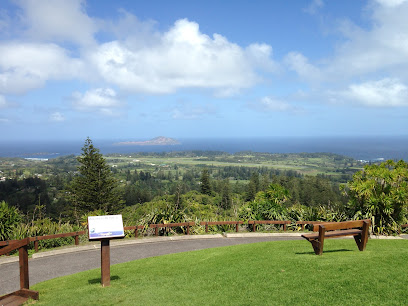
Queen Elizabeth Lookout
Experience the stunning panoramic views of Norfolk Island at the Queen Elizabeth Lookout, a must-see destination for all travelers seeking natural beauty.
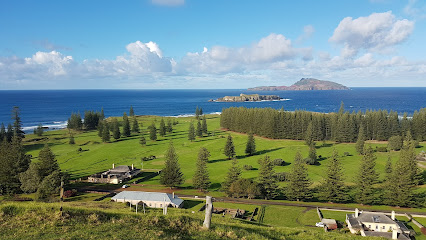
Seaview Norfolk Island
Discover tranquility and comfort at Seaview Norfolk Island, the perfect self-catering accommodation for your island getaway.

No 10 Quality Row House Museum
Explore the fascinating history of Norfolk Island at No 10 Quality Row House Museum, showcasing its rich heritage and cultural significance.

Burnt Pine Town Centre
Explore Burnt Pine Town Centre, Norfolk Island's vibrant shopping hub, where local crafts meet gourmet delights in a charming island setting.
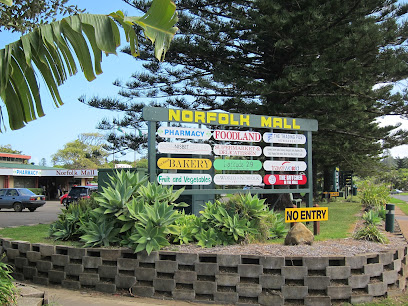
Shearwater Scenic Villas
Experience the beauty of Norfolk Island at Shearwater Scenic Villas, your peaceful retreat amidst stunning landscapes and rich history.

The White House
Experience luxury and tranquility at The White House, a premier resort hotel in Norfolk Island, perfect for relaxation and rejuvenation.
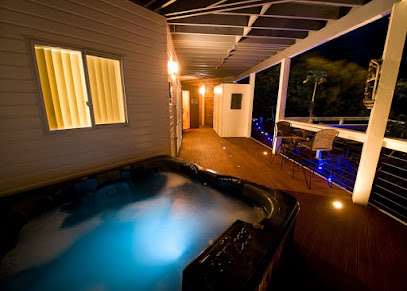
The Ridge Norfolk Island
Experience tranquil stays and breathtaking views at The Ridge Norfolk Island, your perfect getaway destination on this serene island.
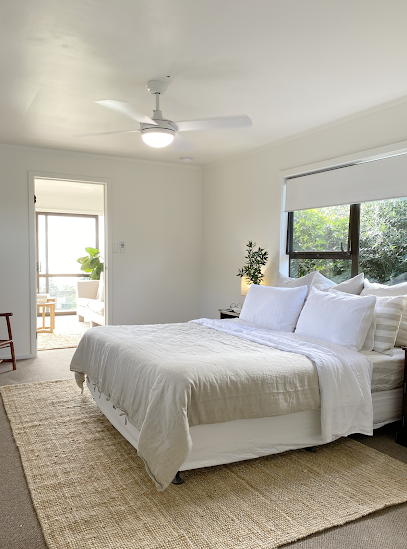
Nepean Island
Discover the unspoiled beauty and rich history of Nepean Island, a tranquil gem in Norfolk Island's pristine waters.
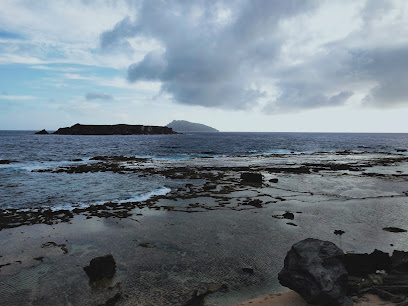
HMS Sirius Shipwreck
Explore the HMS Sirius Shipwreck on Norfolk Island, a captivating historical landmark revealing Australia’s maritime heritage amid stunning coastal scenery.
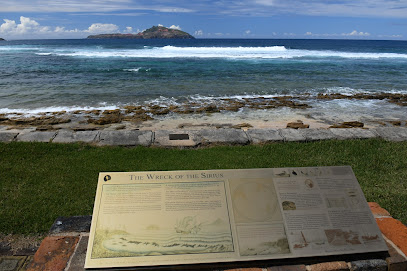
Rocky Point
Experience the breathtaking beauty of Rocky Point, a natural wonder on Norfolk Island, perfect for nature walks and serene coastal views.
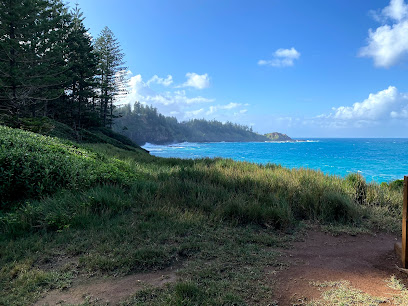
Norfolk Island Guide & Community Hall
Explore the vibrant culture and community spirit at Norfolk Island's Community Hall, a hub for events, exhibitions, and local traditions.

Unmissable attractions to see
Norfolk Island RSL Memorial Club
Experience the warmth of community and local flavors at the Norfolk Island RSL Memorial Club, a must-visit for any traveler seeking genuine island hospitality.
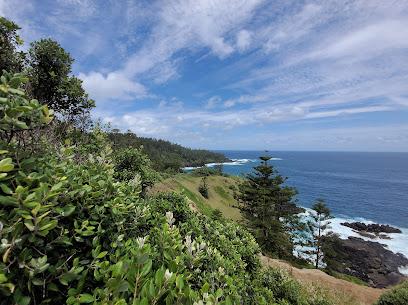
St Barnabas Chapel
Explore the historic St Barnabas Chapel on Norfolk Island, a serene church offering insights into local culture amidst stunning natural beauty.
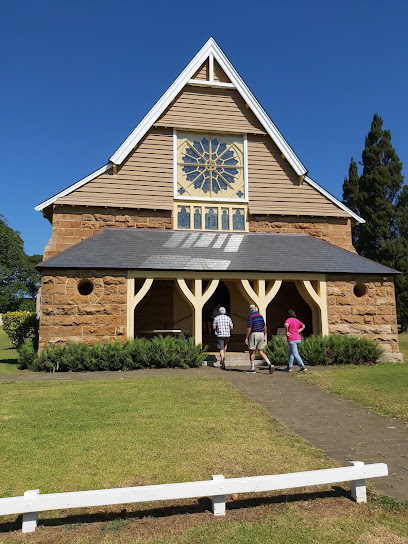
Bounty Museum
Explore Norfolk Island's maritime heritage at the Bounty Museum, where history comes alive through captivating artifacts and engaging exhibits.
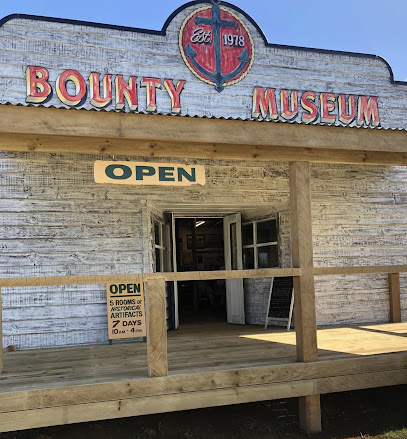
Norfolk Island Liquor Bond Store
Explore the Norfolk Island Liquor Bond Store for a delightful selection of local and imported spirits in a cozy and inviting atmosphere.
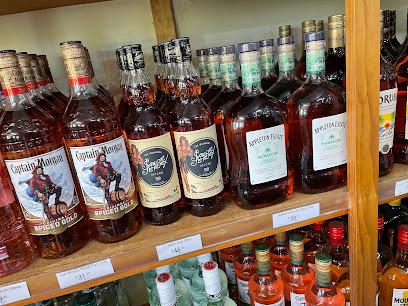
Hundred Acres Reserve
Explore the serene beauty and rich biodiversity of Hundred Acres Reserve, a tranquil nature preserve on Norfolk Island perfect for relaxation and adventure.
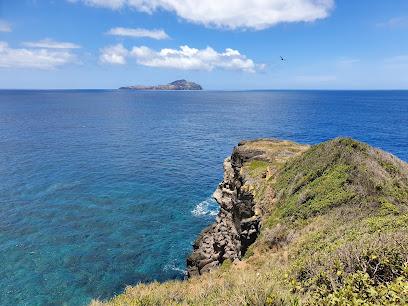
No 10 Quality Row House Museum
Discover the captivating history of Norfolk Island at No 10 Quality Row House Museum, a must-visit attraction for history lovers and curious travelers.
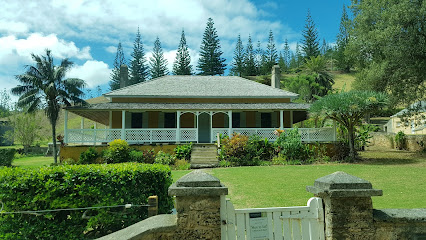
Fletcher’s Mutiny Cyclorama
Experience the captivating story of the HMS Bounty's mutiny at Fletcher’s Mutiny Cyclorama, a heritage museum on beautiful Norfolk Island.

Strawberry Fields & Hedge Maze
Discover the enchanting Strawberry Fields & Hedge Maze on Norfolk Island, a delightful blend of nature's beauty and playful exploration for all ages.

Cockpit Waterfall
Experience the tranquil beauty of Cockpit Waterfall on Norfolk Island, a hidden gem perfect for relaxation and nature appreciation.

Kingston UNESCO World Heritage Site
Explore Kingston, a UNESCO World Heritage Site on Norfolk Island, where history and stunning landscapes unite in a captivating travel experience.
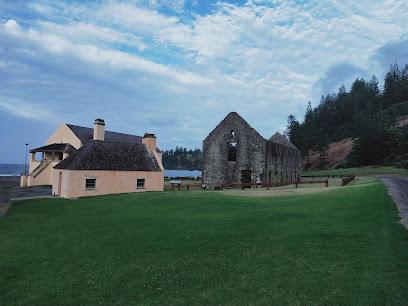
Norfolk Island Liquors
Explore the rich flavors of Norfolk Island at Norfolk Island Liquors, where local spirits tell the story of the island's unique heritage.

Discovery Centre
Discover the natural wonders and rich heritage of Norfolk Island at the Discovery Centre, a must-visit for all nature and history enthusiasts.

Bird Rock Lookout
Experience breathtaking views and vibrant wildlife at Bird Rock Lookout, a serene gem in Norfolk Island National Park.
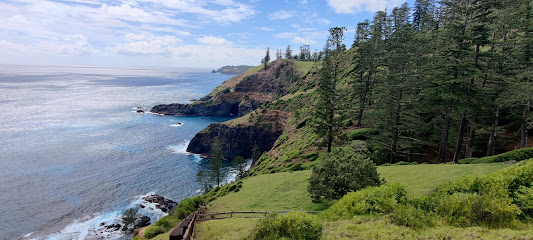
The R.E.O.
Explore the captivating history of Norfolk Island at The R.E.O. Museum, where stories of the past come vividly to life.
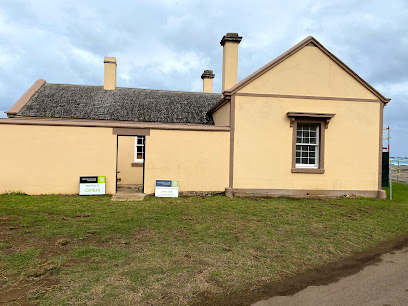
Two Chimneys Wines
Experience the beauty and taste of Norfolk Island at Two Chimneys Wines, where exceptional wines meet breathtaking landscapes.
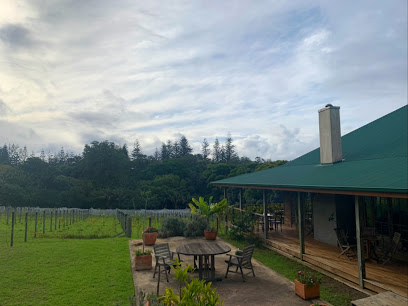
Essential places to dine
The Olive
Experience exquisite local cuisine at The Olive in Burnt Pine, Norfolk Island - where flavor meets hospitality in every dish.
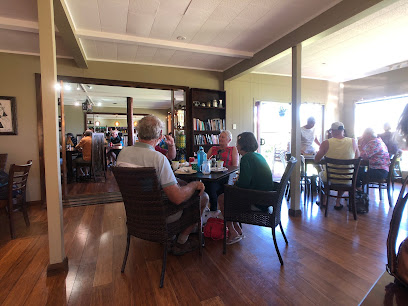
Hilli Restaurant & Cafe
Discover culinary delights at Hilli Restaurant & Cafe on Norfolk Island – where local flavors meet stunning views.
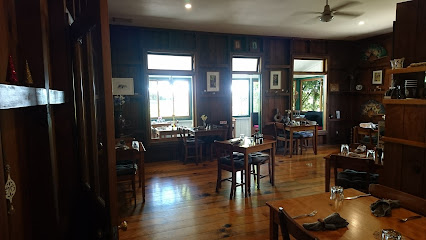
The Bowlo Bistro
Discover exquisite dining at The Bowlo Bistro on Norfolk Island – where local flavors meet warm hospitality in a cozy setting.
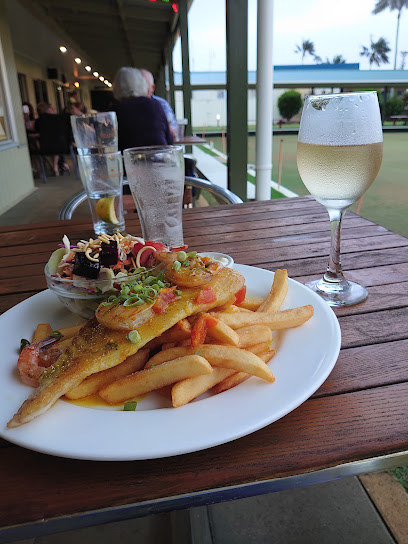
Bounty Bar & Grill
Discover the flavors of Western cuisine at Bounty Bar & Grill on Norfolk Island – where delicious meals meet breathtaking views.
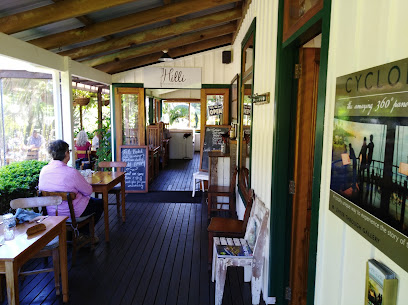
The Homestead Restaurant
Experience the finest Western cuisine at The Homestead Restaurant on Norfolk Island—where every dish is crafted with passion and local flavors.
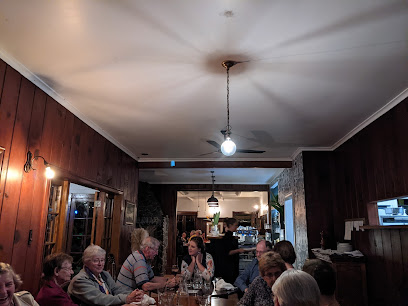
Norfolk Island Brewing
Experience handcrafted brews at Norfolk Island Brewing – where local flavors meet island charm in every sip.
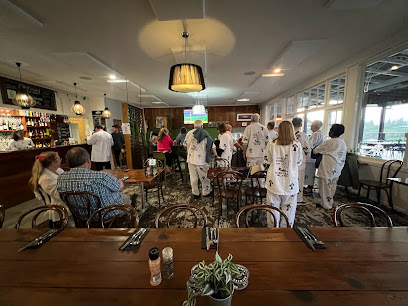
Salty Beer Garden
Discover family-friendly dining at Salty Beer Garden on Norfolk Island, featuring local brews and fresh cuisine in a charming outdoor setting.
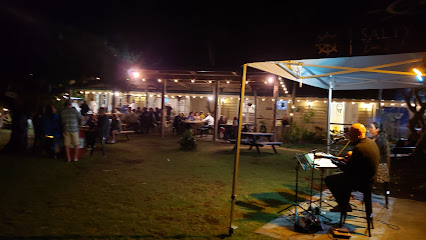
The Reef Takeaway
Discover the best fish and chips on Norfolk Island at The Reef Takeaway - where freshness meets flavor!
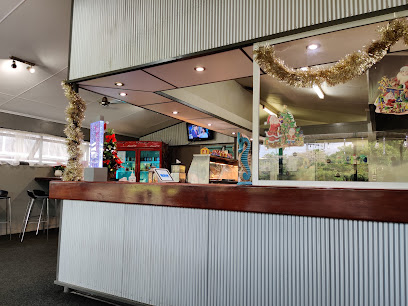
On Da Cliff
Discover exquisite seafood delights at On Da Cliff on Norfolk Island—where stunning ocean views meet exceptional dining experiences.
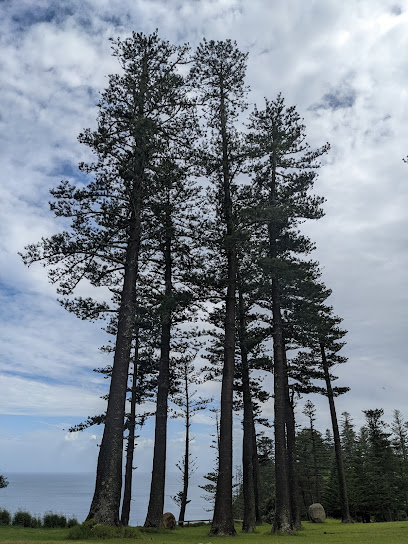
Bailey's
Discover the culinary gem of Norfolk Island at Bailey's Restaurant – where fresh local ingredients meet exquisite dining.
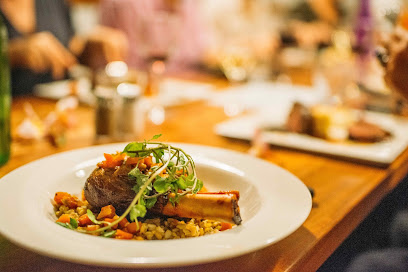
Enitaim Woodfired Pizza
Experience authentic wood-fired pizzas in Burnt Pine at Enitaim Woodfired Pizza - where flavor meets tradition on Norfolk Island.

Lavender Farm, Fitzys Farm
Experience the enchanting flavors of Lavender Farm, Fitzys Farm on Norfolk Island – where delightful ice cream meets serene lavender fields.
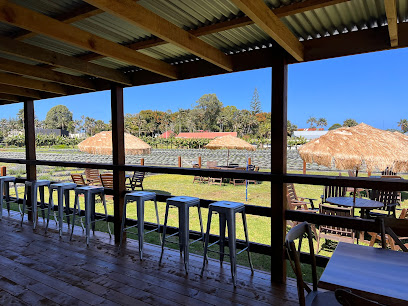
Slick's Deli
Experience delicious local flavors at Slick's Deli in Burnt Pine, Norfolk Island – where every bite tells a story.
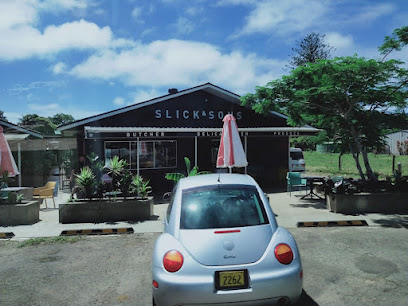
Aunt Mary's Kitchen
Discover authentic local cuisine at Aunt Mary's Kitchen on Norfolk Island—where every dish tells a story of flavor and tradition.
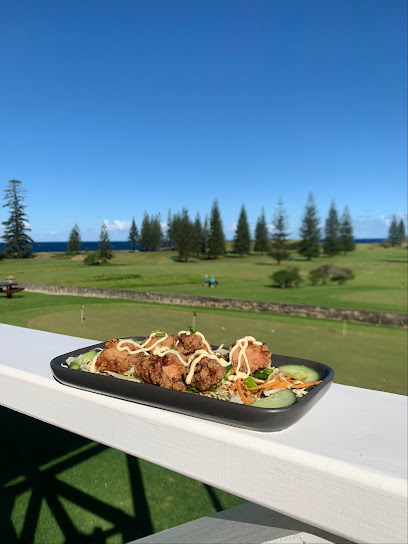
Juddway
Discover gourmet sandwiches crafted with fresh local ingredients at Juddway on Norfolk Island - a culinary gem in Burnt Pine.
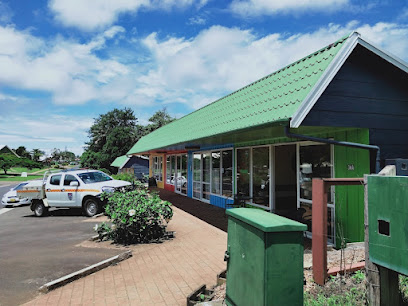
Markets, malls and hidden boutiques
Foodland Supermarket
Explore local flavors and essential supplies at Foodland Supermarket, your go-to culinary haven on Norfolk Island.
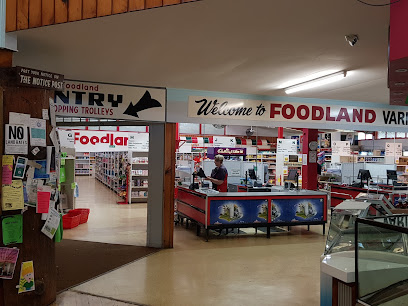
Norfolk Island Liquor Bond Store
Experience the local flavors at Norfolk Island Liquor Bond Store, where unique wines and spirits await your discovery in Burnt Pine.

Pete's Place
Experience the nostalgic charm of Pete's Place, a quintessential general store in Burnt Pine, Norfolk Island, offering unique local products and warm hospitality.
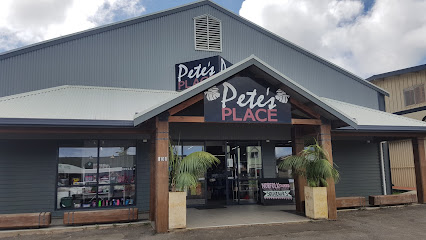
P & R Groceries
Explore P & R Groceries on Norfolk Island for all your essentials, from fresh produce to local treats, in a friendly atmosphere.
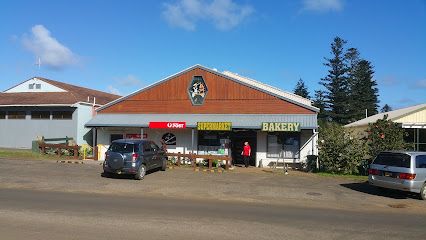
Burnt Pine Town Centre
Discover unique crafts, gourmet delights, and the vibrant culture of Norfolk Island at Burnt Pine Town Centre.
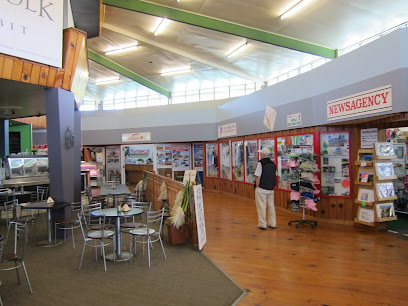
Prinke Eco Store
Explore Prinke Eco Store in Burnt Pine for fresh produce, organic coffee, and sustainable shopping experiences on Norfolk Island.
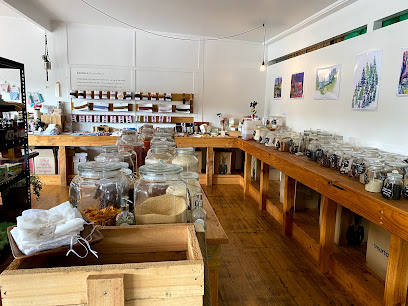
Norfolk Mall
Experience the charm of shopping at Norfolk Mall, featuring local goods, fresh produce, and delightful eateries on Norfolk Island.
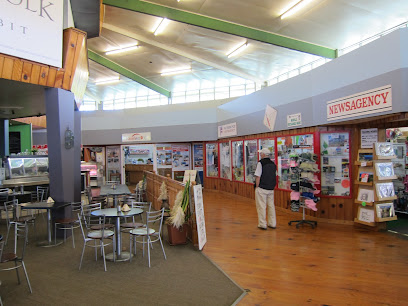
Slick and Sons
Explore the finest meats and gourmet groceries at Slick and Sons, a must-visit butcher shop in Burnt Pine, Norfolk Island.
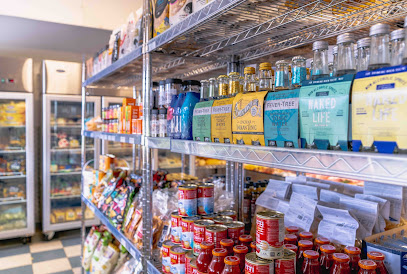
Wildcraft Norfolk Island
Experience local flavors and warm hospitality at Wildcraft Norfolk Island, a charming café in Burnt Pine, perfect for breakfast and brunch.
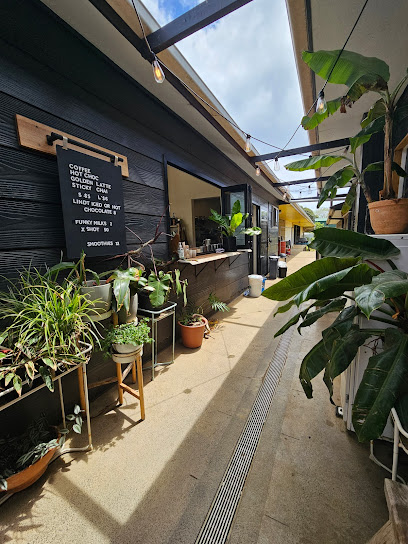
Seriously Chocolate
Experience the rich flavors of artisanal chocolates and gourmet coffee at Seriously Chocolate in Burnt Pine, Norfolk Island.
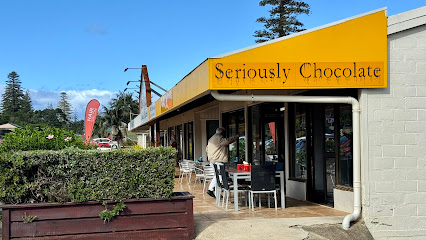
Phillip Island
Explore Phillip Island's stunning natural landscapes and vibrant wildlife, a perfect retreat for nature lovers and adventure seekers alike.
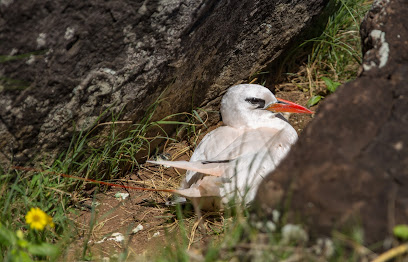
Latitude 29
Discover the warmth of Latitude 29, a charming coffee shop in Burnt Pine, Norfolk Island, perfect for a relaxing coffee break amidst your travels.
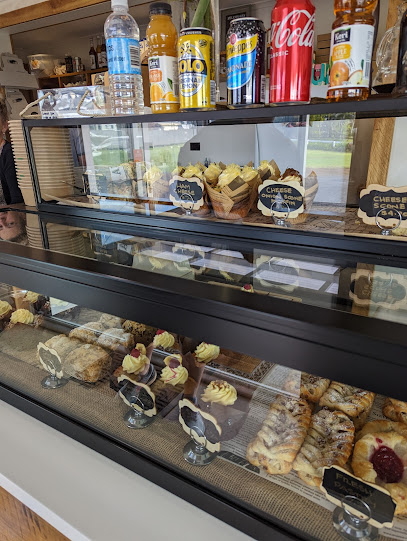
Bounty Centre
Explore Bounty Centre, the premier destination for authentic Norfolk Island souvenirs, local crafts, and unique gifts that capture the island's spirit.
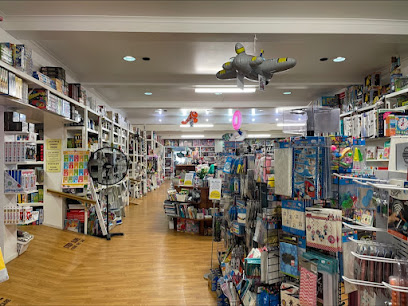
Sweeties Chocolate Factory
Discover the sweetest spot on Norfolk Island at Sweeties Chocolate Factory, where handcrafted chocolates and gourmet ice cream await every visitor.
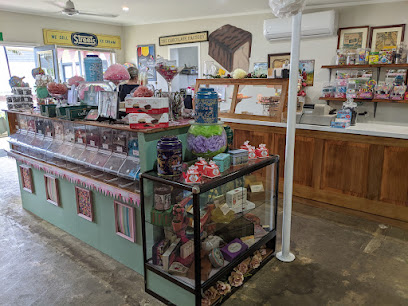
BJ's Jewellers
Explore the exquisite jewelry collection at BJ's Jewellers, a premium destination in Burnt Pine, Norfolk Island, known for its unique and handcrafted pieces.
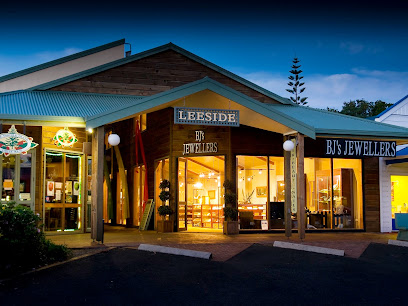
Essential bars & hidden hideouts
The Olive
Experience the finest local cuisine at The Olive, a must-visit restaurant in Burnt Pine, Norfolk Island, where flavor meets hospitality.
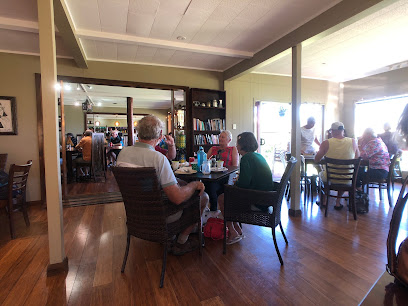
Hilli Restaurant & Cafe
Discover the flavors of Norfolk Island at Hilli Restaurant & Cafe, where fresh local ingredients meet a warm, inviting atmosphere.

The Bowlo Bistro
Discover the culinary delights of Norfolk Island at The Bowlo Bistro, where fresh local ingredients meet a warm, inviting atmosphere.
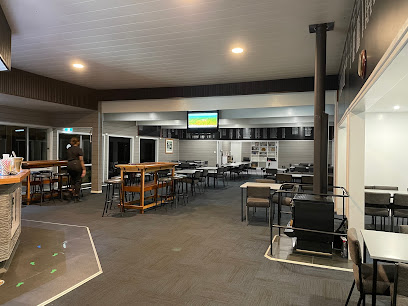
Bounty Bar & Grill
Experience a slice of Western cuisine in the heart of Norfolk Island at Bounty Bar & Grill, where delicious food meets warm hospitality.
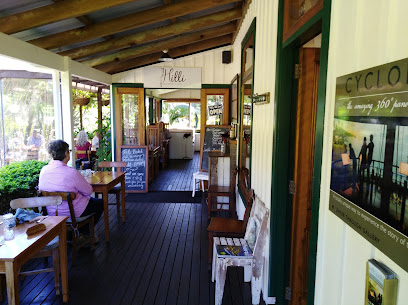
Norfolk Island RSL Memorial Club
Enjoy the taste of Norfolk Island at the RSL Memorial Club, where great food, drinks, and local culture come together in a vibrant atmosphere.
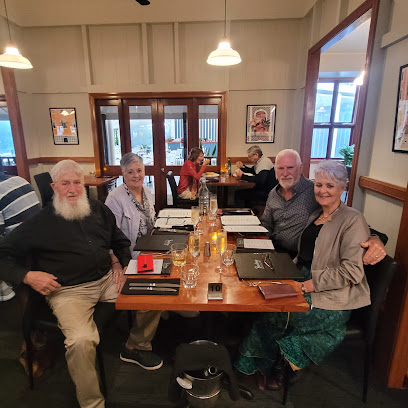
The Homestead Restaurant
Savor exquisite Western cuisine at The Homestead Restaurant, a culinary haven on the beautiful Norfolk Island, known for fresh ingredients and delightful ambiance.
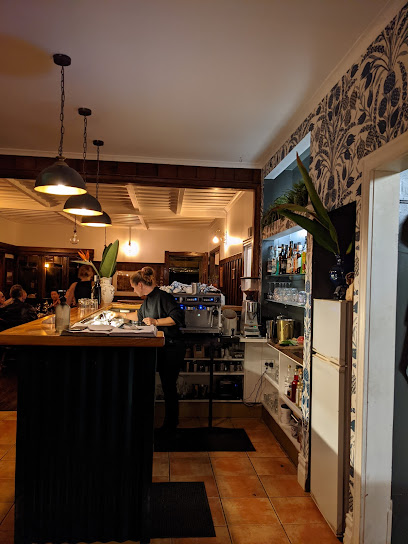
Norfolk Island Brewing
Experience Norfolk Island Brewing, where local craftsmanship meets laid-back island vibes and artisanal flavors in every sip.
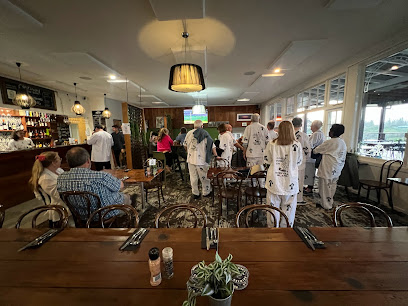
Salty Beer Garden
Experience the perfect blend of relaxation and local flavors at Norfolk Island's family-friendly Salty Beer Garden, an unforgettable dining destination.
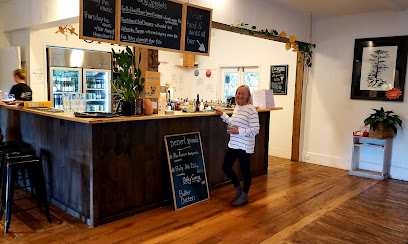
Black Anchor Bar
Discover the vibrant nightlife of Norfolk Island at Black Anchor Bar, where great drinks and friendly locals await you every weekend.
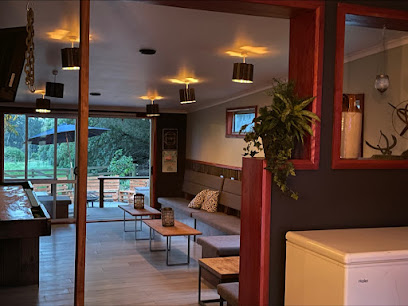
The Reef Takeaway
Discover the best Fish and Chips at The Reef Takeaway in Burnt Pine, Norfolk Island - a culinary gem for every traveler.
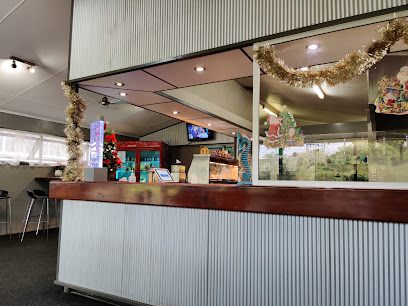
On Da Cliff
Discover fresh seafood with breathtaking views at On Da Cliff, the ultimate dining destination on Norfolk Island.
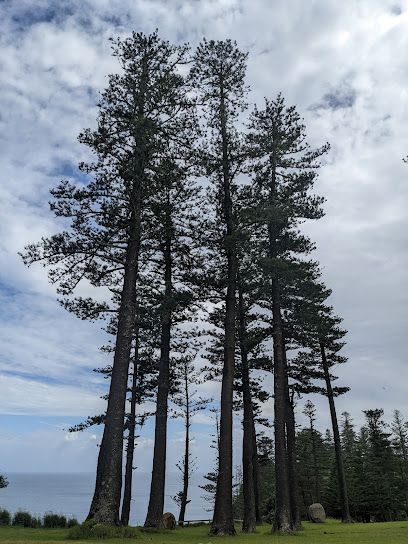
Bailey's
Experience the flavors of Norfolk Island at Bailey's, where fresh ingredients and local culinary traditions come together in a charming setting.
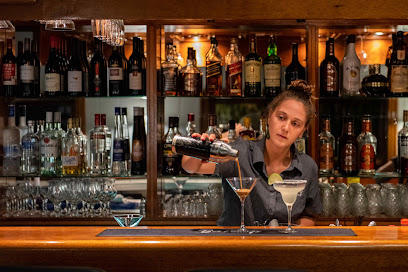
Phillip Island
Explore the stunning landscapes and diverse wildlife at Phillip Island, a natural paradise perfect for adventure and relaxation.
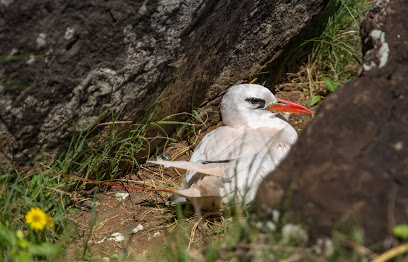
Wunna Bar & Lounge
Experience the tranquil ambiance of Wunna Bar & Lounge on Norfolk Island, where refreshing drinks and stunning coastal views await.
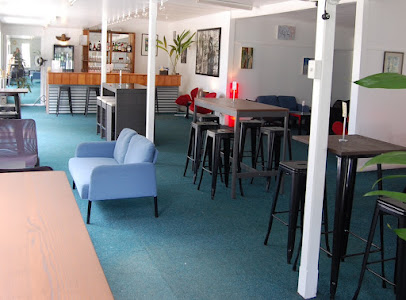
The Boatshed
Discover the flavors of Norfolk Island at The Boatshed, where local cuisine meets stunning ocean views for an unforgettable dining experience.
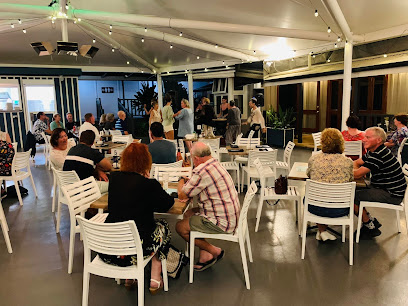
Local Phrases
-
- HelloBonnju
[bon-nyoo] - GoodbyeAtruvai
[ah-troo-vye] - YesSi
[see] - NoNao
[na-oh] - Please/You're welcomePor favor
[por fah-vor] - Thank youGracias
[grah-see-ahs] - Excuse me/SorryPerdón
[pair-don] - How are you?Komo sta?
[koh-moh stah] - Fine. And you?Bastante. E vu?
[bah-stahn-teh. eh voo] - Do you speak English?Parla ingles?
[par-lah een-glehs] - I don't understandNo komprende
[noh kohm-prehn-deh]
- HelloBonnju
-
- I'd like to see the menu, pleaseMe gustaría ver el menú, por favor
[meh goo-stah-ree-ah ver el meh-noo, por fah-vor] - I don't eat meatNo como carne
[noh koh-moh kar-neh] - Cheers!Salud!
[sah-lood] - I would like to pay, pleaseMe gustaría pagar, por favor
[meh goo-stah-ree-ah pah-gar, por fah-vor]
- I'd like to see the menu, pleaseMe gustaría ver el menú, por favor
-
- Help!Ayuda!
[ah-yoo-dah] - Go away!Vete!
[veh-teh] - Call the Police!Llama a la policía!
[yah-mah ah lah po-lee-see-ah] - Call a doctor!Llama a un doctor!
[yah-mah ah oon dok-tohr] - I'm lostEstoy perdido
[eh-stoy pair-dee-doh] - I'm illEstoy enfermo
[eh-stoy ehn-fehr-moh]
- Help!Ayuda!
-
- I'd like to buy...Me gustaría comprar...
[meh goo-stah-ree-ah kohm-prahr] - I'm just lookingSolo estoy mirando
[soh-loh ehs-toy mee-ran-doh] - How much is it?Cuánto cuesta?
[kwan-to kwes-tah] - That's too expensiveEso es demasiado caro
[eh-soh ehs deh-mah-syah-doh kar-oh] - Can you lower the price?Puedes bajar el precio?
[pweh-dehs bah-har el preh-see-oh]
- I'd like to buy...Me gustaría comprar...
-
- What time is it?Qué hora es?
[keh o-rah es] - It's one o'clockEs la una
[es lah oo-nah] - Half past (10)Media hora (10)
[meh-dee-ah o-rah (diez)] - MorningMañana
[mah-nyah-nah] - AfternoonTarde
[tahr-deh] - EveningNoche
[noh-cheh] - YesterdayAyer
[ah-yehr] - TodayHoy
[oy] - TomorrowMañana
[mah-nyah-nah] - 1Uno
[oo-noh] - 2Dos
[dohs] - 3Tres
[trehs] - 4Cuatro
[kwah-troh] - 5Cinco
[seen-koh] - 6Seis
[says] - 7Siete
[syeh-teh] - 8Ocho
[oh-choh] - 9Nueve
[nweh-veh] - 10Diez
[dyehs]
- What time is it?Qué hora es?
-
- Where's a/the...?Dónde está...?
[don-deh ehs-tah] - What's the address?Cuál es la dirección?
[kwal es lah dee-rek-syon] - Can you show me (on the map)?Me puedes mostrar (en el mapa)?
[meh poo-eh-des moh-strahr (en el mah-pah)] - When's the next (bus)?Cuándo es el próximo (autobús)?
[kwan-doh es el proh-ksee-moh (au-toh-boos)] - A ticket (to ....)Un boleto (para ....)
[oon boh-leh-toh (pah-rah)]
- Where's a/the...?Dónde está...?
History of Phillip Island
-
Phillip Island, located 6 km south of Norfolk Island, was first discovered by Europeans in the late 18th century. Captain James Cook, the renowned British explorer, sighted the island during his second voyage in 1774. The island was named after Arthur Phillip, the first Governor of New South Wales, during the early era of British colonization of Australia.
-
During the early 19th century, Norfolk Island was established as a penal colony for the most hardened convicts from Australia. Phillip Island played a significant role during this period, primarily as a source of food and timber for the settlement on Norfolk Island. The harsh conditions and isolation made it a challenging environment for the convicts who were sent there to work.
-
Phillip Island is renowned for its unique biodiversity. Over the years, intensive conservation efforts have been undertaken to restore the island's natural environment, which had been severely impacted by the introduction of invasive species and over-exploitation. Today, it is home to several endemic species, including the Phillip Island Hibiscus and the Phillip Island Parakeet, which have been brought back from the brink of extinction.
-
During World War II, Norfolk Island, including Phillip Island, gained strategic importance due to its location in the South Pacific. The island served as a key point for Allied forces, providing a base for military operations and a communication relay station. The remnants of military installations and airstrips can still be found, marking the island's role in the global conflict.
-
Today, Phillip Island is an uninhabited nature reserve, protected under the Norfolk Island National Park. It is a popular destination for ecotourism, attracting visitors who are keen to explore its rugged landscapes, diverse wildlife, and historical sites. The island is accessible by guided tours, which provide insights into its rich history and ongoing conservation efforts.
Phillip Island Essentials
-
Phillip Island is a smaller island located south of Norfolk Island in the Pacific Ocean. The most common way to get to Norfolk Island is by air, with flights available from Sydney, Brisbane, and Auckland. Once on Norfolk Island, you can reach Phillip Island by boat. There are various tour operators that offer day trips to Phillip Island. It's important to book these trips in advance, as they can fill up quickly, especially during peak tourist seasons.
-
Norfolk Island itself is small and can be easily navigated by renting a car, which is the most popular option for tourists. There are no public transport services on the island, but taxis are available. For trips to Phillip Island, you will need to arrange transport through a tour operator or hire a private boat. It's advisable to confirm all transportation arrangements in advance to ensure availability.
-
The official currency on Norfolk Island is the Australian Dollar (AUD). Credit and debit cards are widely accepted, but it's always a good idea to carry some cash, especially for smaller vendors and in more remote areas. ATMs are available on Norfolk Island but may not be present on Phillip Island. It's advisable to withdraw sufficient cash before heading to Phillip Island.
-
Norfolk Island is generally very safe for tourists with a low crime rate. There are no known high-crime areas targeting tourists. However, always practice standard safety precautions such as not leaving valuables unattended and being aware of your surroundings. When visiting Phillip Island, ensure you follow all safety guidelines provided by your tour operator, as the island is largely uninhabited and more remote.
-
In case of emergency on Norfolk Island, dial 000 for police, fire, or medical assistance. The island has a hospital and medical facilities that can handle most emergencies. If you're on Phillip Island and an emergency occurs, contact your tour operator immediately for assistance. It's highly recommended to have travel insurance that covers medical emergencies, including evacuation if necessary.
-
Fashion: Dress casually and comfortably, but bring layers as the weather can change quickly. Religion: Be respectful of local customs and traditions. There are no specific religious dress codes, but modesty is appreciated. Public Transport: There is no public transport, so plan to use rental cars or taxis. Greetings: A friendly 'hello' or 'g'day' is common and appreciated. Eating & Drinking: Do try local delicacies and be polite when dining. Don't refuse hospitality, as it may be considered rude.
-
To experience Phillip Island like a local, take part in guided tours that highlight the unique flora and fauna of the island. Engage with local guides, who often have fascinating stories about the island's history and ecology. Don't miss the opportunity to see the nesting seabirds and the island's rugged natural beauty. Bring a good pair of walking shoes and a camera to capture the stunning landscapes.
Trending Landmark in Phillip Island
-
Channers On Norfolk - Norfolk Island Holiday Packages, Tours, Accommodation | Travel to Norfolk Island
-
Norfolk Island National Park
-
Norfolk Island International Airport
-
Mount Pitt Lookout
-
Queen Elizabeth Lookout
-
Seaview Norfolk Island
-
No 10 Quality Row House Museum
-
Burnt Pine Town Centre
-
Shearwater Scenic Villas
-
The White House
-
The Ridge Norfolk Island
-
Nepean Island
-
HMS Sirius Shipwreck
-
Rocky Point
-
Norfolk Island Guide & Community Hall
Nearby Cities to Phillip Island
-
Things To Do in Kingston
-
Things To Do in Ball Bay
-
Things To Do in Burnt Pine
-
Things To Do in Cascade
-
Things To Do in Nouméa
-
Things To Do in Tadine
-
Things To Do in La Foa
-
Things To Do in Bourail
-
Things To Do in Paihia
-
Things To Do in Whangarei
-
Things To Do in Hienghène
-
Things To Do in Auckland
-
Things To Do in Isangel
-
Things To Do in Lenakel
-
Things To Do in Hamilton








